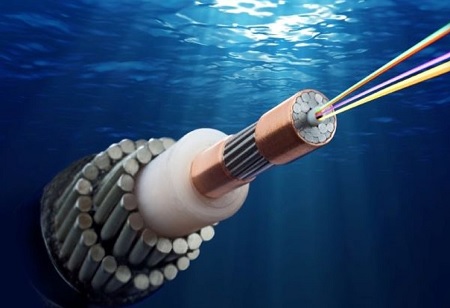
Trai seeks views on ways to attract investments to bring subsea cable systems to India


The telecom regulator has sought suggestions from stakeholders on ways to attract big-ticket investments to bring subsea cable systems to India. It has also elicited views around limitations in the present licensing/regulatory regime for laying submarine cables and setting up cable landing stations (CLSs) in India, and changes required to overcome them.
In its discussion paper, issued Friday evening, the Telecom Regulatory Authority of India (Trai) said that the Department of Telecommunications (DoT), in a reference in August 2022, had voiced concerns that while some Indian international long distance operators (ILDOs) don’t have a stake in consortia owning subsea cables, they still seek home and defence ministry approvals on behalf of the cable consortia for laying/maintaining such cable systems in Indian territorial waters and even applying for setting up landing stations.
The DoT believes these ILDOs are effectively acting as landing parties in India for these subsea cables, Trai said in its paper. Accordingly, DoT had sought recommendations from Trai on the licensing framework and regulatory mechanism for submarine cables landing in India within the scope of existing ILD permits. The regulator has also been tasked to vet current global practices around regulation of submarine cables landing in global markets as part of the exercise.
Subsea cables, typically, thousands of kilometers in length, are laid on the ocean floor and digitally connect countries worldwide. They transmit high volumes of data rapidly. Subsea cables meet terrestrial telecom networks, and the cable landing station (CLS) is the location in a country or subcontinent, where a subsea cable system makes a landfall.
India has 17 submarine cable networks coming from across the world to connect with the terrestrial networks at CLSs in Mumbai and Chennai. Trai has also sought industry views on whether undersea cable repair vessels owned by an Indian entity would help reduce delays in undersea cable maintenance. This is since there are currently no Indian marine service providers that can undertake submarine cable maintenance operations in and around Indian territorial waters.
Deadlines for comments and counter-comments are January 20, 2023, and February 3, 2023, respectively. The regulator has also sought views on whether it will be beneficial to lay stub-cables in India, and the requisite policy, licensing, and regulatory framework for operating and maintaining them. A stub cable is a new concept of placing pre-laid dark fiber from the CLS through a Beach Manhole (BMH) into the territorial waters.
According to Trai, India’s used international bandwidth is expected to grow at a compounded annual rate of 38% between 2021 and 2028. “This growth rate implies that international bandwidth demand will increase 10 times over this period.”